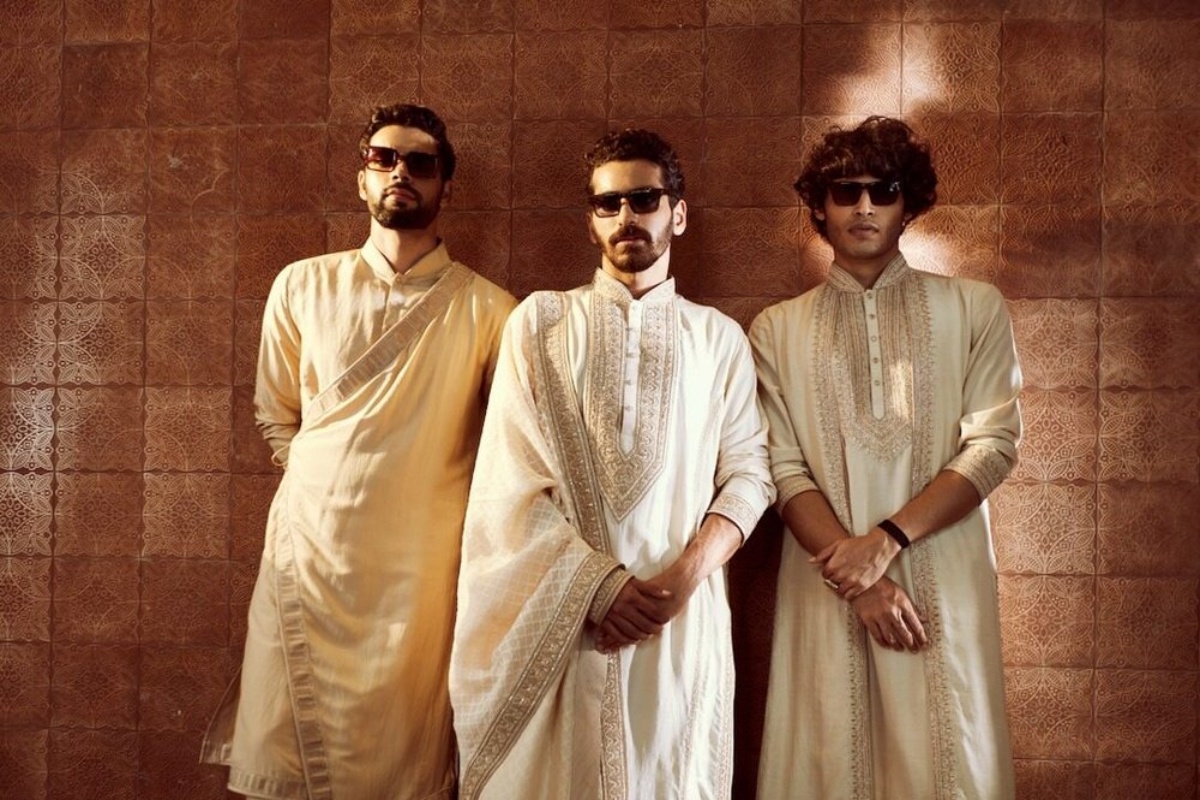Campus Torture
The horrific case of ragging and torture at a nursing college in Kerala is yet another grim reminder of the deeply ingrained culture of abuse in educational institutions.
A designer must know the difference between paying respect and exploiting a culture.

(Picture: Fahionweek)
Fashion has always stemmed from culture, drawing from it, embracing global exploration, and tapping into music and art to set the tone for visual design.
Fashion designers have been borrowing stylistic elements from other cultures for centuries, and today, the appeal of traditional designs with an “ethnic” flair is as strong as ever.
Advertisement
Although many times fashion houses and brands have been increasingly criticized for using symbols, prints and garments from other cultures. But still cultural appropriation has been used more and more in recent years. The term might be new to the world but the practice of cultural appropriation has been around for much longer.
Advertisement
““Cultural appropriation” is a murky concept. It can be described as the act by a member of a relatively dominant culture of taking a traditional cultural expression and repurposing it in a different context, without authorization, acknowledgement and/or compensation, in a way that causes harm to the traditional cultural expression holder.
Many instances of cultural appropriation can be explained, at least in part, by the fact that copying is so pervasive in the global fashion industry. While fashion design is marked by an astonishing level of creativity, imitation remains a major driver of the conceptualization process. Many commentators refer to this as the “piracy paradox,” in which fast-paced copying ensures renewed consumer demand for ever-changing designs. With new trends quickly trickling down from high-fashion to fast-fashion, designers tend to embrace a multicultural vision and resort to exploring an increasingly diverse range of cultural influences to come up with a stream of fresh and novel styles.
One of the infamous examples of cultural appropriation in fashion is when Gucci was under fire for listing Indy Turban for $790 as an accessory on their website. The product debuted during Gucci’s Fall 2018/2019 runway on multiple white models, antagonized the members of the Sikh community. Later, they expressed their frustration over the product by explaining that the Sikh turban is not a hot new accessory for sale but an article of faith for those who practice Sikhism.
Certainly, it was easy for Gucci to put Indy Turbans on the ramp and sell them as a hat. However, many Sikh men and women around the world face violence and mistrust for wearing them.
To summarize, it is not difficult to avoid cultural appropriation in fashion. Fashion is all about creativity. Our travels, and foreign experiences always positively impact creativity. But fashion designing is also a responsibility, especially when you have the opportunity to educate your community about another community that has been oppressed in the past.
A designer must know the difference between paying respect and exploiting a culture.
Advertisement